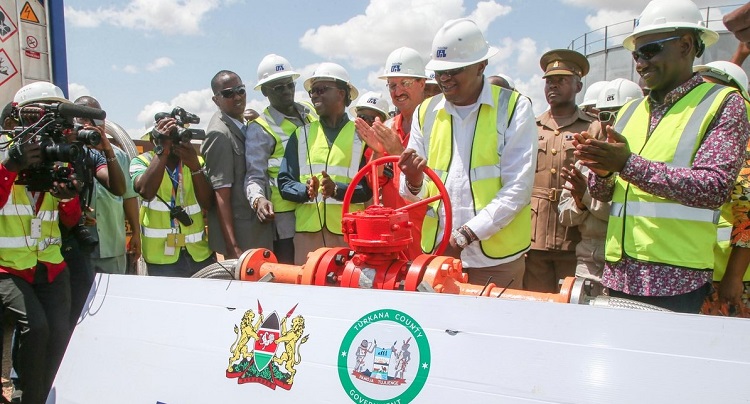Globally, there is increased optimism in the oil and gas sectors with the rise in crude oil prices.
One of the most recent developments in project management is integrating technology to improve asset reliability, boost throughput and optimize field recovery.
The oil and gas industry facilities and systems are broadly defined according to their use in the industrial production stream — exploration, upstream, midstream, downstream, and petrochemical.
The above fields have unique needs as regards the flow of technologies and training.
For instance, within the upstream – exploration and production – where Kenya sits at the moment, the sector can tap heavily into metering and instrumentation technologies to accurately measure the number of hydrocarbons extracted and produced.
In the midstream and downstream, current initiatives include expanding the pipeline network to ensure the cost, efficiency, environmental and safety benefits are spread throughout the country.
When it comes to instrumentation services, there is a need for calibration services to ensure instrument measurements are accurate to comply with quality and safety standards. Thus, reducing cost and increasing process uptime.
Further, there will be a great need for maintenance and overhaul services for valves and meters to enable hydrocarbon allocation systems’ reliable and safe operation.
In addition, different flowmeter technologies for oil and gas measurement have many applications. Besides the legal custody transfer, where there is a change in ownership, and one company pays another money in exchange for gas or oil, a custody-transfer measurement where the product moves from one owner to another is the most important.
This has led to the emergence of different technologies with varying degrees of accuracy involving the custody transfer of liquids. Coriolis, Differential Pressure (DP), Turbine and Ultrasonic Flowmeters.
Coriolis flowmeters are being adopted for custody transfer of petroleum liquids to measure the transfer of fuel and other petroleum liquids from trucks, trains, ships and other places with accuracies of up to 0.1per cent.
The main focus for many oil explorers is the upstream, midstream and downstream fields.
On the other hand, leveraging different flow technologies improves efficiency and operational cost within the sector and other extractives.
For instance, as Kenya begins the Early Oil Pilot Scheme (EOPS), with the appropriate flow technology in place, the industry will be able to tighten control, maximize output, and increase efficiency with expert application advice and operations insight.
Burhani Engineers Ltd delivers standardized innogrative solutions and expert application knowledge to help the oil and gas industry to maximize their production, improve efficiency, reduce risk and deliver competitive advantage.
Unlike the other existing Kenya Pipeline Corporation (KPC) lines, the Nairobi – Mombasa pipeline (Line 5) is unique because of its fully controlled automated project using a DeltaV control system that controls and monitors it from a centralized location.
Celebration at KPC as Line 5 product arrives in Nairobi to signify operations for the new line.Line 5 will bring more security of supply to Kenya and the region.The new line will drastically reduce the number of trucks on our roads hence no tanker accidents and fuel siphonings. pic.twitter.com/ZqorC5hqjH— KPC (@kenyapipeline) June 30, 2018
Emerson Process Management, a global engineering solutions provider, has installed the system. The control solution will deliver new value for KPC by helping it optimise production and safety.
With a one million litres per hour flow rate, the line will remove an average of about 700 trucks from the road daily at maximum utilization.
According to a Mckinsey finding, effective use of digital technologies in the oil and gas sector ‘could reduce capital expenditures by up to 20 per cent; it could cut operating costs upstream by 3 to 5 per cent and by about half that downstream.’
Therefore, as Kenya develops and makes strides in the oil and gas sectors, it will make a meaningful impact on the economy’s growth with the right technologies and the requisite skills to reduce costs and increase production and efficiency.





1 Comment
Pingback: Tullow Oil Says Kenya Project is Commercially Viable